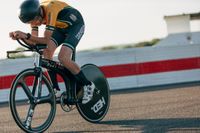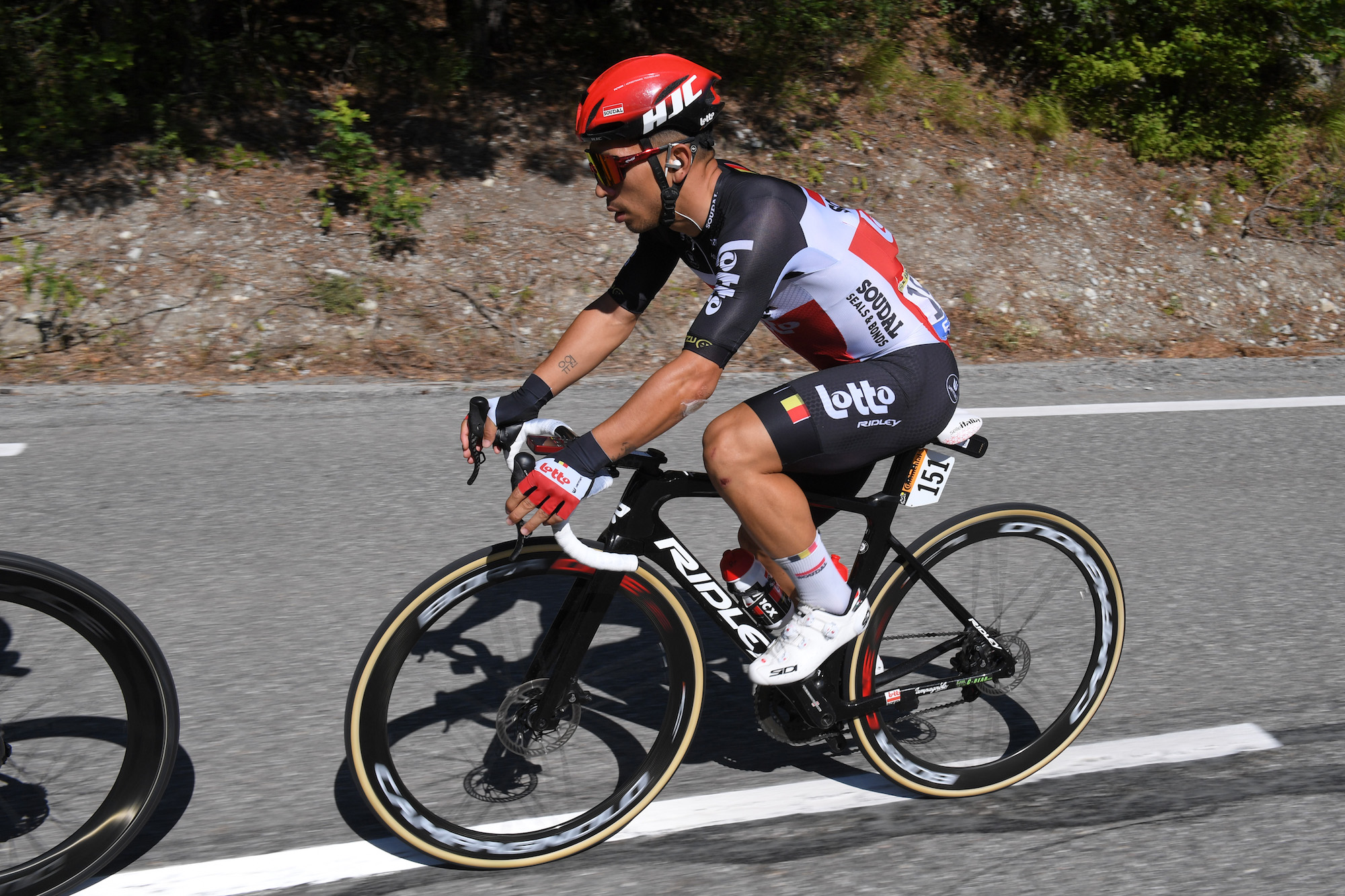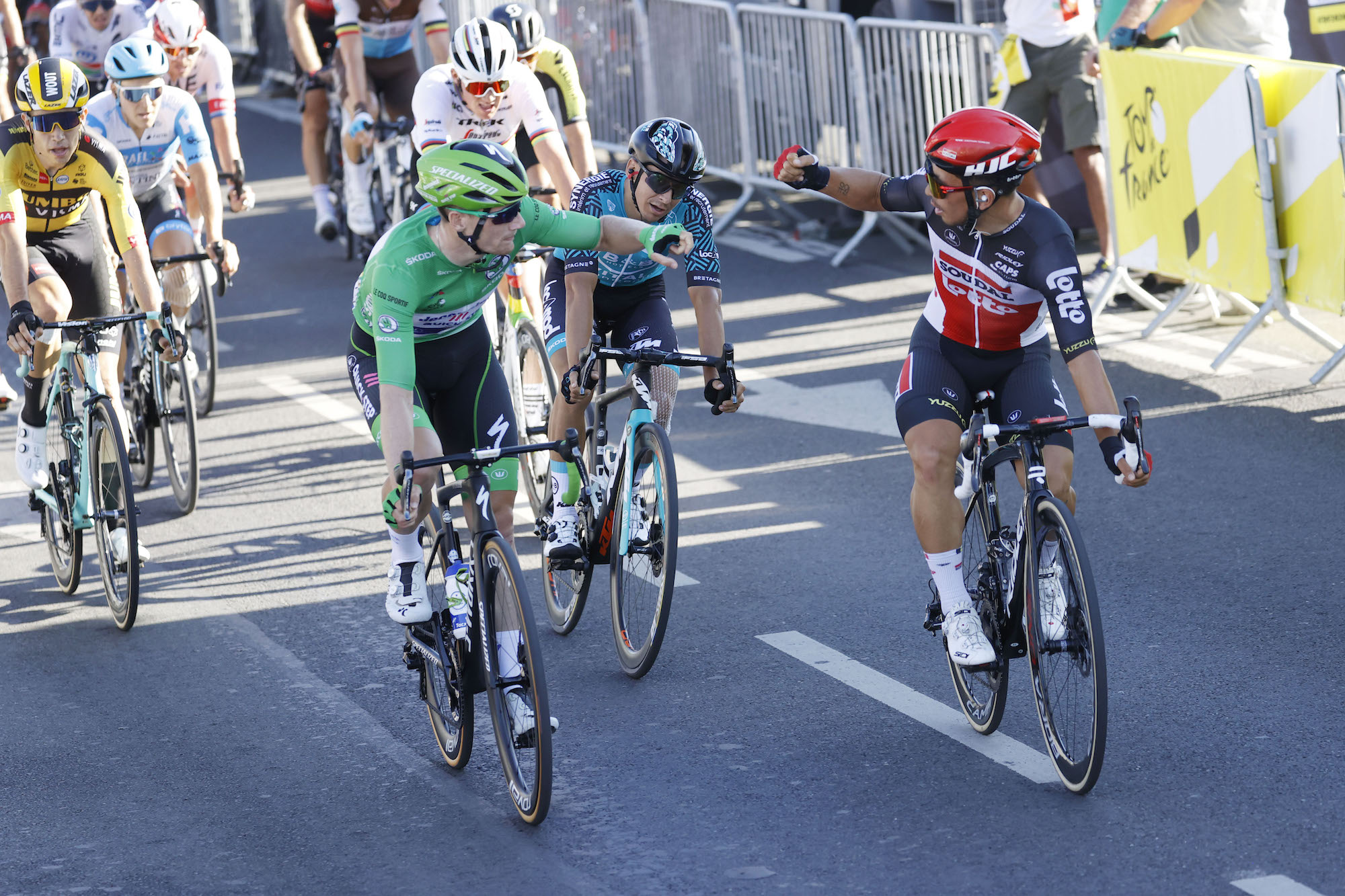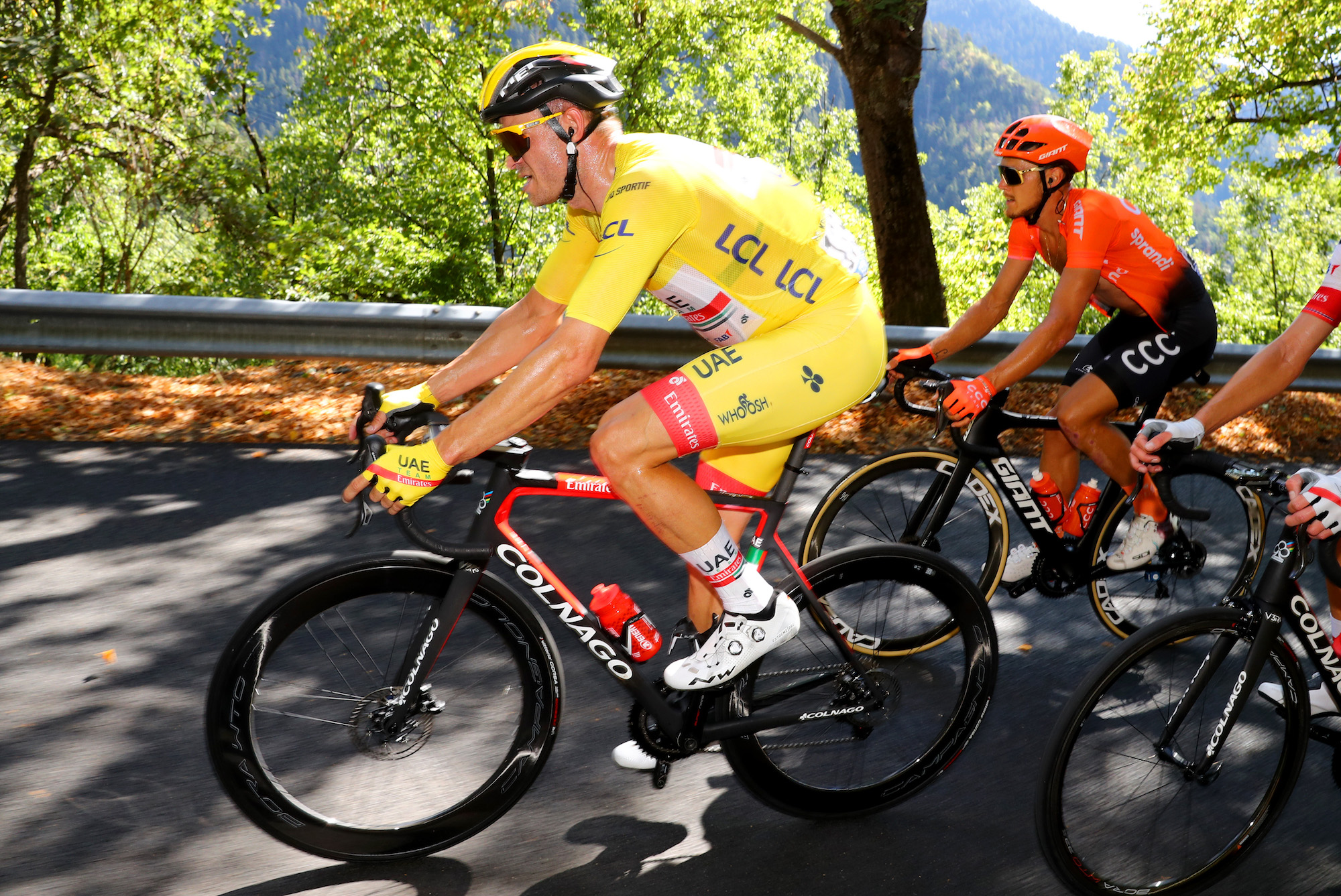Why isn't Caleb Ewan riding Campagnolo's newest, fastest wheels?
Could the Australian sprinter have won three or four Tour stages so far if he was riding the faster Campagnolo Bora WTO instead of the older Campagnolo Bora One?


The Campagnolo Bora WTO is the Italian brand’s flagship aero wheel. According to Campagnolo: “The Bora WTO project has given [our] engineers a wealth of knowledge that has put them in a position to produce the new standard… if you are looking for the best in aerodynamics and efficiency, look no further.”
>>> Tour Tech: Why are pros running MTB discs and is that a new set of Shimano wheels?
WTO means ‘wind tunnel optimised’ and Campagnolo says every component of the wheel is designed for maximum aerodynamic penetration.
So why is Caleb Ewan riding the old Campagnolo Bora One wheels? He's won two sprint stages at the 2020 Tour de France so far, but could he have also won stages 10 and five, where he was second and eighth respectively, if he’d used the Bora WTO?

There’s a simple reason why Ewan is on the older, narrower, non-wind tunnel optimised wheel: because the Bora One is available with a tubular rim, whereas the WTO rim is for clinchers and tubeless tyres only. If Ewan and Lotto-Soudal switched to the very fast tubeless Vittoria Corsa Graphene 2.0 tyres instead of the equivalent Vittoria Corsa tubulars he would be able to use the faster Bora WTO wheels – possibly the WTO 60 that additionally has a deeper rim than the Bora One 50 – and would save a measurable amount of watts, both in rolling resistance and aerodynamic drag. Since aerodynamic drag is proportional to velocity squared, a handful of watts saved means significant gains at the speed of a Tour de France sprint finish.
However, the majority of pro teams still use tubular tyres. Why? Because when they puncture they generally deflate slowly and predictably and they can be ridden flat until the team car arrives since they’re glued to the rim. And when most teams weigh up the pros and cons they still prefer the safety of a tubular to the faster-rolling resistance of a tubeless tyre, in Ewan's case eschewing the superior aerodynamics of a tubeless wheel like the Campagnolo Bora WTO.

However, that’s not to say that the peloton is not catching on to tubeless tech – this year it was first blood to tubeless: Alexander Kristoff won the first stage on a pair of Campagnolo Bora WTO 45s with tubeless Vittoria Corsa tyres.
The latest race content, interviews, features, reviews and expert buying guides, direct to your inbox!
Simon Smythe is a hugely experienced cycling tech writer, who has been writing for Cycling Weekly since 2003. Until recently he was our senior tech writer. In his cycling career Simon has mostly focused on time trialling with a national medal, a few open wins and his club's 30-mile record in his palmares. These days he spends most of his time testing road bikes, or on a tandem doing the school run with his younger son.
